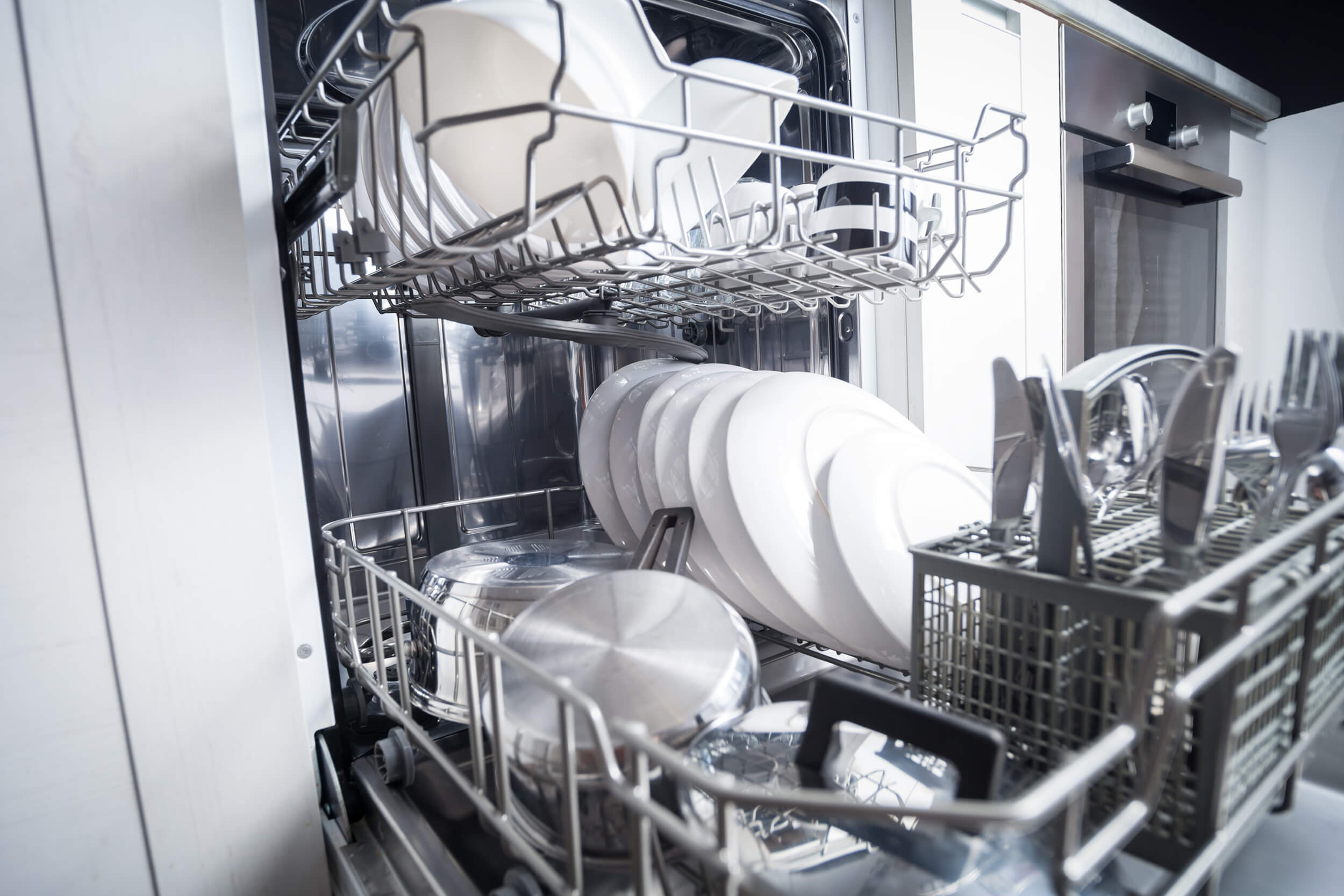MEDIA CONTACTS:
Patrick Mitchell at (703) 276-3266 pmitchell@hastingsgroup.com
Marianne DiMascio at (339) 933-8140 mdimascio@standardsasap.org.
LITTLE-KNOWN FEDERAL APPLIANCE STANDARDS RANK AS #2 ENERGY-SAVING TOOL IN U.S., WILL PLAY MAJOR ROLE IN MEETING PARIS CLIMATE TARGET
A Quiet Revolution: When Will the “Best Energy Efficiency and Climate Program You Never Heard Of” Get the Respect It Deserves in U.S. Energy and Climate Policy? Already Saving Enough Energy Annually to Power 1 Out of 3 Homes.
WASHINGTON, D.C. – April 6, 2016 – The Clean Power Plan, Paris Climate Treaty, vehicle fuel efficiency standards and Energy Star grab all of the headlines when it comes to saving energy and cutting carbon pollution, even as another cornerstone of U.S. energy and climate policy gets little recognition: appliance and equipment standards.
Data from the Appliance Standards Awareness Project (ASAP) show that a quiet revolution in U.S. appliance standards has resulted in the initiative holding the second largest energy efficiency policy spot in the nation – saving 5.3 quadrillion BTUs (quads) of energy in 2014, ahead of the better known Energy Star program, utility sector energy-efficiency programs, the impact of federal tax incentives, and other major national initiatives. Only corporate average fuel economy (CAFE) standards for cars and trucks at 7.3 quads saved more energy in 2014 than did appliance standards.
U.S. energy appliance standards also stack up strongly in several other contexts:
- Paris Climate Treaty. In its commitments made as part of the recently completed Paris Climate Treaty process, the Obama Administration set its overall carbon dioxide (CO2) emissions reduction goals at 26-28 percent below 2005 levels by 2025. The carbon emissions reductions from appliance standards already completed since 2007 will cover more than 11 percent of the Paris pledge for 2025.
- Clean Power Plan. Annual carbon emission cuts in 2030 from standards completed since 2007 will reach about 220 million metric tons, or about one quarter of the emissions reductions expected from the administration’s Clean Power Plan, the Obama Administration’s highest profile action to reduce climate emissions.
- Overall energy savings. Since President Ronald Reagan signed the original national appliance standards into law, savings from standards have grown to reach 13 percent of electricity consumption in 2015 and 4 percent of natural gas consumption. Because many more appliance standards are coming on line in the years ahead and existing standards have an increasing impact over time, the savings will swell to 20 percent of projected electricity consumption and 6 percent of projected gas usage by the year 2030. Already, the energy savings from appliance standards in the year 2015 were enough electricity to meet the needs of 43 million homes (i.e., more than one-third of current U.S. households) and the gas needs of about 10 million U.S. homes.
Upcoming appliance and equipment standards will mean even bigger savings. The U S Department of Energy (DOE) has issued new standards for rooftop air conditioners and commercial warm air furnaces that will reduce energy use by 1.7 trillion kilowatt hours (kWh) over 30 years. To put that in perspective, that’s almost as much energy as is created by all the coal burned in the U.S. in a year to generate electricity.
Andrew deLaski, executive director, Appliance Standards Awareness Project, said: “Appliance standards are the ‘unsung hero’ of U.S. national energy and climate policy. From refrigerators to air conditioners, the Department of Energy’s appliance efficiency standards make major differences in nearly everyone’s life, covering products representing 90 percent of residential energy consumption and 60 percent of commercial consumption. The data make it very clear that we need to stay on track with a vibrant and robust appliance standards program in the coming years.”
Shannon Baker-Branstetter, policy counsel, energy and environment, Consumers Union, said: "Consumers Union views efficiency standards for appliances as a win-win for saving consumers money and reducing energy consumption and its environmental impacts. Raising the bar for efficiency of household products, with policies such as Energy Star and appliance efficiency standards, is one of the easiest and most effective ways to help consumers save money."
Steve Nadel, executive director, American Council for an Energy-Efficient Economy (ACEEE), said: “Efficiency standards can slip by unnoticed because consumers and businesses don't recognize the significant contribution they make in reducing their energy use and utility bills. It's important they and other energy-efficiency measures get the credit they deserve so these initiatives can keep going and remain a vital part of our national energy policy.”
National appliance standards are already saving the typical U.S. household about $500 per year on utility bills. Taking into account appliances and equipment sold through 2035, consumers and businesses will save more than $1.9 trillion thanks to standards already on the books today.
In 2015 alone, appliance standards helped the United States avoid emissions of 300 million tons of carbon dioxide (CO2), which is equivalent to the annual CO2 emissions from about 63 million automobiles.
California and other states started adopting minimum efficiency requirements for appliances and other energy-using equipment in the 1970s. The first federal appliance standards were enacted by Congress and signed into law by President Reagan in 1987. Over time, new laws signed by both Presidents Bush added additional product categories, and the DOE has periodically updated the standards. At present, more than 50 products are covered by federal standards, and state laws cover some additional items. The appliance and equipment standards cover products used in the residential, commercial and industrial sectors.
A quadrillion BTUs is equal to the energy output of eight billion gallons of gasoline or 36 million tons of coal or 970 billion cubic feet of natural gas.
ABOUT ASAP
ASAP (www.appliance-standards.org) organizes and leads a broad-based coalition effort that works to advance, win and defend new appliance, equipment and lighting standards which deliver large energy and water savings, monetary savings and environmental benefits. Working together, the ASAP coalition supports new and updated standards at the national and state levels through technical and policy advocacy and through outreach and education. ASAP was founded in 1999 by the American Council for an Energy-Efficient Economy (ACEEE), the Alliance to Save Energy, the Energy Foundation, and Natural Resources Defense Council (NRDC).
EDITOR’S NOTE: A streaming audio replay of this national news event will be available as of 4 p.m. EDT on April 6, 2016 at www.appliance-standards.org.




